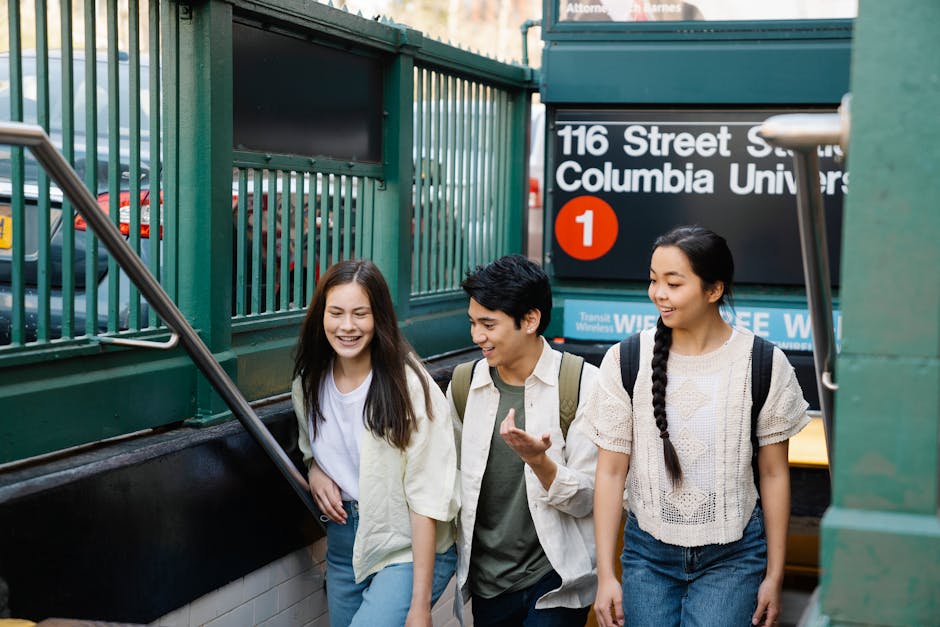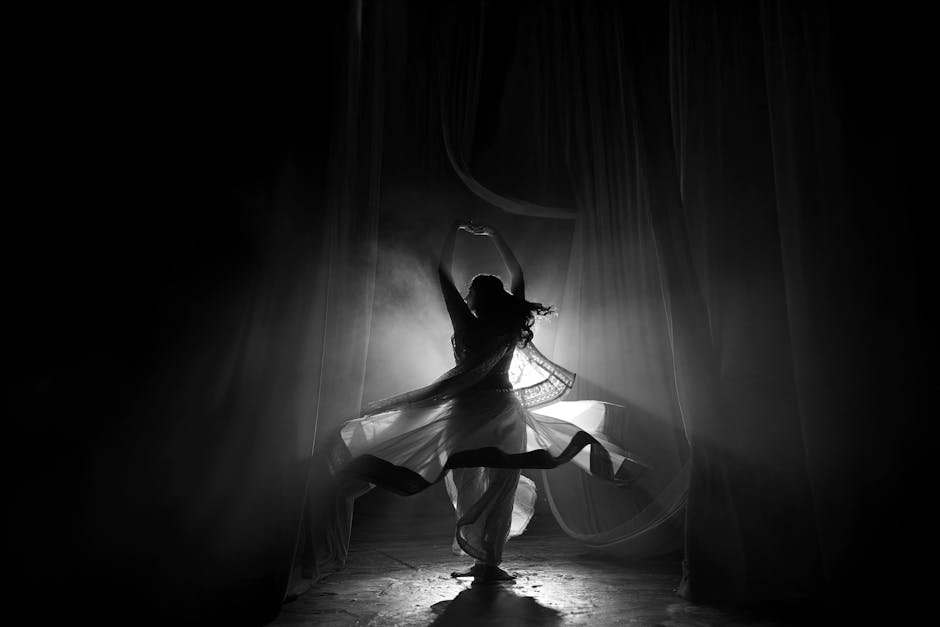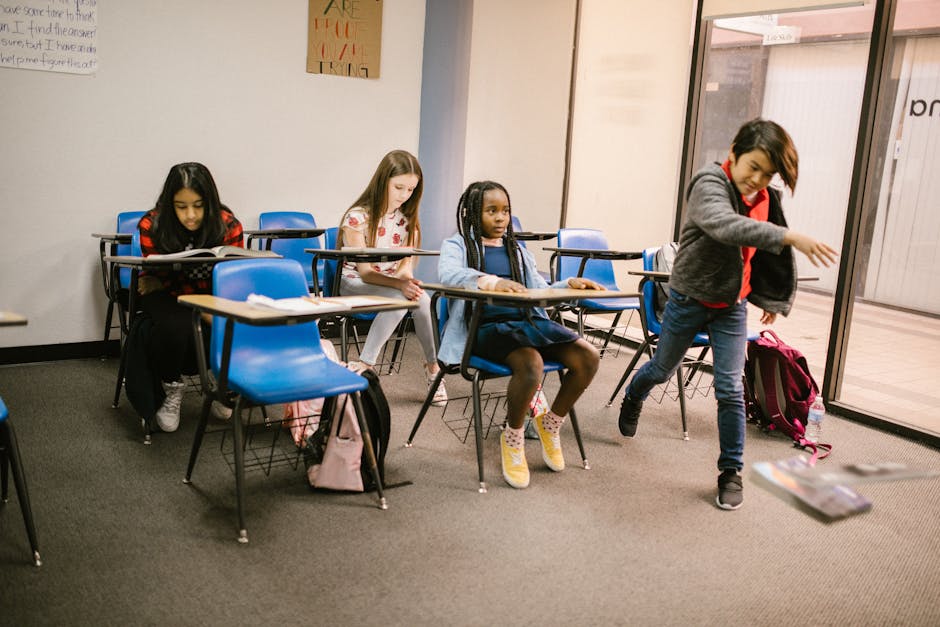The internet’s collective jaw is still on the floor. Ever since OpenAI dropped the first demo videos from its new text-to-video model, Sora, we’ve been grappling with a technology that feels less like an upgrade and more like a leap into a science fiction novel. We’ve seen hyper-realistic videos of a woman walking through a neon-lit Tokyo, woolly mammoths trekking through a snowy landscape, and a dog blogging on a mountaintop. The quality is staggering, the potential immense.
But once the initial awe subsides, a fog of uncertainty rolls in. For every stunning AI-generated video OpenAI has shown us, there are crucial, deafening silences. Amidst the hype, it’s the unanswered questions about Sora that matter most. These are the three big ones that will define its impact on the world.
1. The Secret Sauce: What Is in Sora’s Training Data?
This is the billion-dollar question and a potential legal minefield. Sora didn’t just wake up one day and decide to become the world’s greatest filmmaker. It learned by analyzing a massive dataset of videos. But what did it watch? OpenAI has been incredibly vague, only stating it used “publicly available” and licensed data.
This raises more questions than it answers. Does “publicly available” mean it scraped platforms like YouTube, Instagram, and Vimeo, absorbing billions of hours of copyrighted content without permission? Artists and media companies are already suing AI image generators for this very reason. The potential for copyright infringement on a scale never seen before is massive.
Furthermore, what about the ethical dimension? Was the model trained on real-world footage of violence, accidents, or other traumatic events? How does OpenAI ensure its creation doesn’t replicate the worst parts of the internet it was fed? The training data is the DNA of this AI, and right now, its entire genome is a closely guarded secret.
2. The Price of Power: How Much Will Sora Cost and Who Gets Access?
Currently, Sora is in the hands of a select few: “red teamers” testing for safety risks and a handful of visual artists. But what happens when it’s released to the public? Is this a tool for everyone, or just for Hollywood studios and mega-corporations with deep pockets?
The computational power required to generate high-definition, minute-long videos is astronomical, meaning this technology will not be cheap. Will it be a subscription service? Will users pay per second of generated video? If the cost is prohibitive, Sora won’t democratize creativity; it will create a new digital divide. Independent filmmakers, small advertising agencies, and freelance animators could be priced out, leaving the most powerful storytelling tool in history in the hands of the elite. The promise of AI is to empower the individual, but Sora’s business model could easily end up reinforcing existing power structures.
3. The Reality Check: How Will We Mitigate Sora’s Impact on Society?
This is the question that keeps us up at night. We live in a world already plagued by misinformation and deepfakes, and we’re about to pour jet fuel on the fire. In a major election year for countries like India and the US, the potential for misuse is terrifying. Imagine a perfectly realistic, AI-generated video of a political leader saying something they never said, released just hours before voting begins. The damage would be done long before it could be debunked.
How will we distinguish real from fake? OpenAI says it’s working on detection tools and watermarking, but AI detectors have historically been one step behind the generators. It’s a technological arms race where the forces of chaos have a serious head start.
Beyond political disinformation, what does this mean for the millions of people in the creative industries? Videographers, editors, stock footage companies, and VFX artists are looking at Sora and wondering if their jobs are on the verge of extinction. Is Sora a co-pilot that will enhance human creativity, or is it a replacement that will decimate livelihoods?
Sora is undoubtedly a marvel of engineering. But it’s also a societal hand grenade with the pin pulled. Before OpenAI releases it, it owes the world clear, transparent answers to these three big unanswered questions. The future of video, and perhaps truth itself, depends on it.




